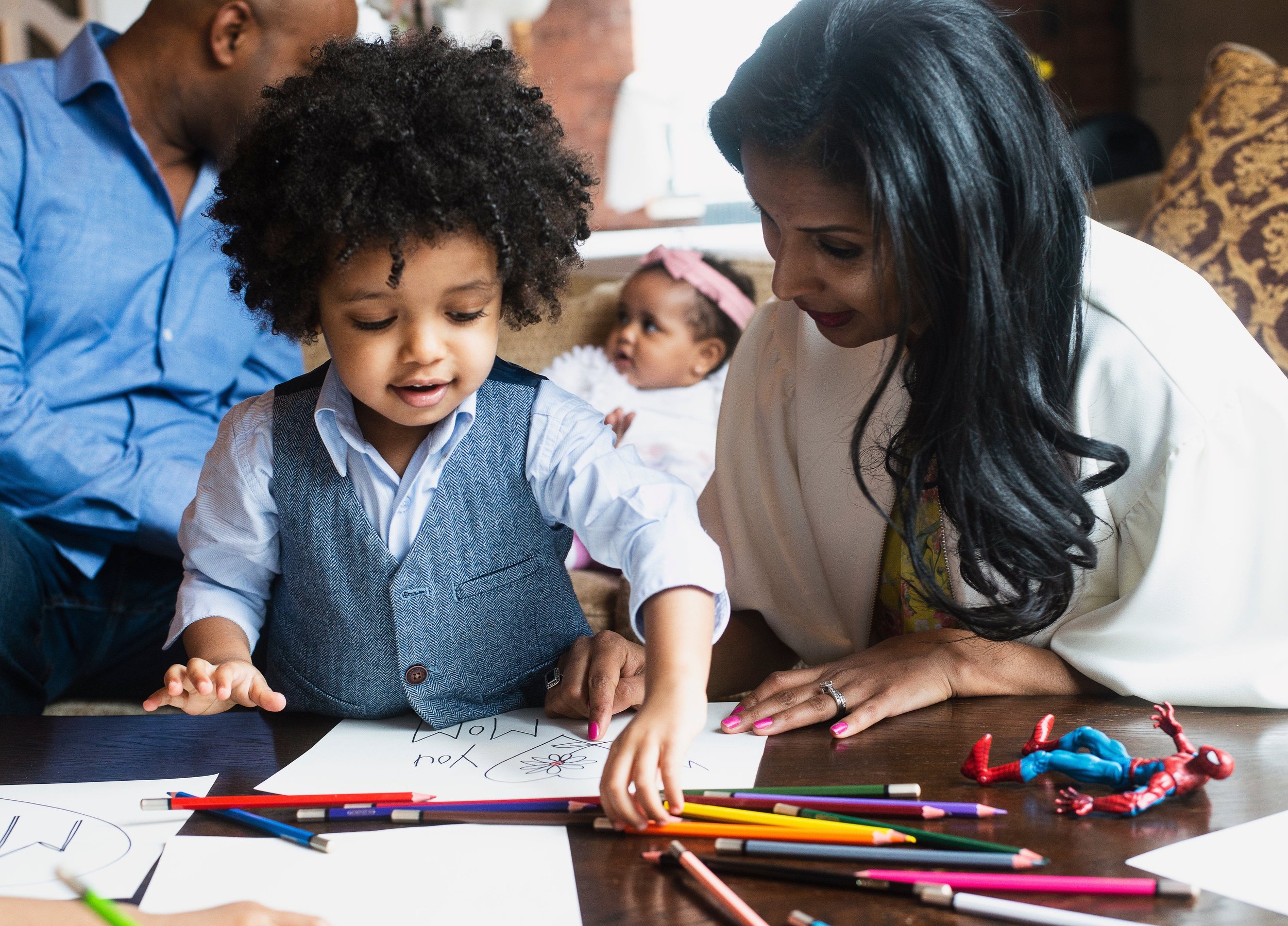Play, Say, Repeat: Toddler & Preschool Speech Strategies
A research-backed Speech Therapy strategy for babies, toddlers, and preschoolers.
Laura Burnham, Licensed Speech Therapist based in New York City
As a pediatric Speech Therapist seeing clients in New York City, I often use an approach that I like to call: Play, Say, Repeat. This approach uses research-backed strategies to support toddler and preschool language development.
Research shows that caregivers have the biggest impact on a child’s speech and language development, especially during the early years from birth-5 years old. The aim of Play, Say, Repeat is to help facilitate a child’s understanding and use of words. Below is a breakdown of how I use Play, Say, Repeat. As always, if you have concerns about your child’s speech and language development, talk to your pediatrician licensed Speech-Language Pathologist, and seek out a second opinion if needed.
Step 1: Play
The first step, Play, means following along with your child’s play ideas. We as adults can accomplish this by first pausing to observe the child’s play. Where does the child show their interest? What toy or activity are they choosing? What action are they with that toy or object? What play scene or situation are they creating on their own? We want observe and follow along with their play ideas because that is where the child’s focus and motivation lie.
After observing, we can begin to join their play by taking a similar toy or object and imitating the child’s actions. For example, if a child is pushing a toy car back and forth, we can get our own toy car and start pushing it back and forth beside them. The child may pause, look at us, and invite us further into their play idea.
Step 2: Say
Once the child is motivated and has invited you into their play, it is the perfect opportunity for step two of our strategy which is Say. We can say the words that we want the child to use in that situation. In our toy car example, we could label the child’s movements with the toy by saying, “go,” “stop,” “again.” If the child is saying 2-word combinations, we might model 2-word phrases such as, “go car,” “stop car,” or “go again.”
Step 3: Repeat
The last step in the strategy, Repeat, means repeating the same target words over and over again during play. This will help the child understand the word’s meaning and encourage the child to imitate the word. In our toy car example, we could say “go” and “stop” repeatedly sprinkled throughout the play session. I like to keep it simple and use a small set of target words that are repeated over and over again during play, rather than use long phrases or questions. Play, Say, Repeat is a fun, low-pressure way to connect with your child and help them learn words in a context that is fun and motivating to them.
Reference:
Walker, D., Sepulveda, S. J., et al. (2020). Language Intervention Research in Early Childhood Care and Education: A Systematic Survey of the Literature. Early Childhood Research Quarterly, 50(Part 1), 68-85. https://doi.org/10.1016/j.ecresq.2019.02.010
Laura is a licensed pediatric Speech-Language Pathologist seeing clients in North Brooklyn, Manhattan, Long Island City, and virtually.

